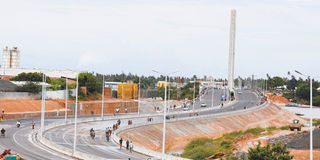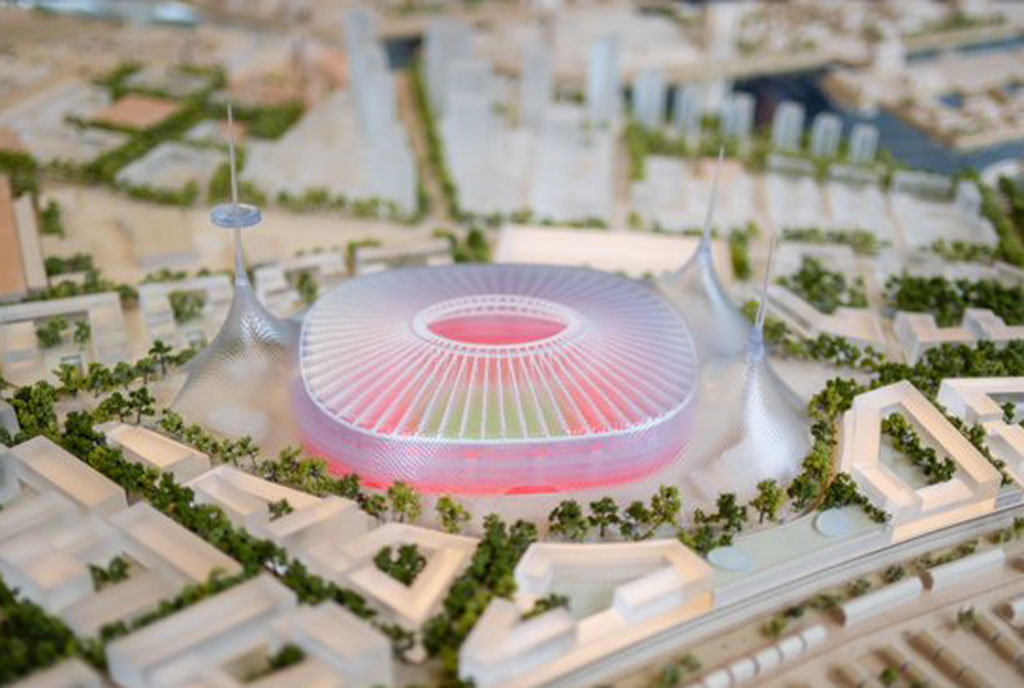Prime
Why Tanzania should consider reviving Kigamboni New City project

What you need to know:
- Kigamboni should not be left to develop into a huge unplanned area, which is largely the case for most of Dar es Salaam.
When addressing AMREF recently, the Prime Minister urged NGOs and other stakeholders, to use the 2022 census figures to inform their plans of action.
The President has, on many occasions, also required the use of census figures.
The problem is, most of the figures are not yet out. This is typical of the statistics people.
It has been the case after many a census, in the past. Information is collected, but releasing it for public use becomes difficult for them.
Years may pass by with many of the figures not out, and many soon become outdated, as they are overtaken by events.
There were indications that this year things will be different, but it appears the old practice, of sitting on the information for years, is prevailing.
Figures on the number of people by administrative units were released but, much remains to be made public.
Remember this was a Population and Housing Census (PHC), we people on the housing side are anxiously waiting for the relevant figures.
Currently we are relying on the Household Budget Survey of 2017/2018, which is clearly outdated.
It was while going through the census figures for administrative units, that an idea to root for the revival of the Kigamboni New City Project came in mind.
According to the 2022 PHC, Dar es Salaam Region has 5,383,728 people, lower than the expected number of 6 million.
But maybe we are already there since more than a year has passed since the census exercise was undertaken.
The distribution of that population among the administrative units is as follows: Dar es Salaam City Council (Ilala) (36 wards), is the most populous, with 1,649,912 people divided into 458,614 households.
It is followed by Temeke Municipality (23 wards) which has 1,346,674 people (384,046 households).
There follows Ubungo Municipality (14 wards), with 1,086,912 people (317,087 households). Kinondoni Municipality (20 wards) is next, with 982,328 people (299,184 households).
The least populated is Kigamboni Municipality (9 wards) with 317,902 people, forming just 91,135 households.
This figure for Kigamboni is significant since it shows that the Municipality has very few people.
In many census figures the concerned stakeholders always want to have large numbers, since this is important for many activities including the share of public services.
But Kigamboni are happy with their low number of people. This could be taken advantage of.
Kigamboni is very huge when it comes to the area covered by the Municipality. It has an area of around 600 square kilometres.
The low number of people means that Kigamboni Municipality, with its nine wards of Kigamboni, Tungi, Vijibweni, Kibada, Mjimwema, Somangila, Kimbiji and Pemba Mnazi, is empty, or is occupied at very low densities. This is an opportunity.
During President Kikwete’s presidency (2005-2015), there was a grand project to turn Kigamboni into a new, ultra-modern city. Mouth-watering land use and other development plans were made.
A very convincing publicity campaign was mounted. Investors from all corners of the world were wooed.
The way the local populations would participate in, and benefit from, the project were outlined.
The current MP for Kigamboni, who then, sat on the Kigamboni New City Committee, expressed concern about the displacement of the local populations without adequate compensation, but this was addressed.
The development programme for Kigamboni had been divided into three phases of implementation, as beginning in 2011, and to be completed in 2030.
The City was to have five land use zones: residential (36.2 percent), industrial (7.7 percent), touristic (8.3 percent), international businesses (5.6 percent), public facilities and open areas (40.2 percent).
Note the planned large open areas, meaning that Kigamboni was meant to be a green city.
Inexplicably, however, the Plan fizzled out. Nobody talks about it now. But, given the low population density in Kigamboni, there is room to pick up some pieces of the Kigamboni New City Project for implementation.
In other words, Kigamboni should not be left to develop into a huge unplanned area, which is largely the case for most of Dar es Salaam.
With low population numbers, it means that an official land use plan is likely to meet limited obstacles during implementation, as far as the need to compensate the project affected peoples is concerned.
Alternatively, they can easily be absorbed in the new land use plans.
The census figures have given us how many people are in Kigamboni.
These point to an opportunity to turn the widely undeveloped Kigamboni into a modern functional city.
If nothing is done, we know what will happen.
Let us act now. Let us not wait to ask ourselves: what happened to Kigamboni when things have gotten out of hand.





